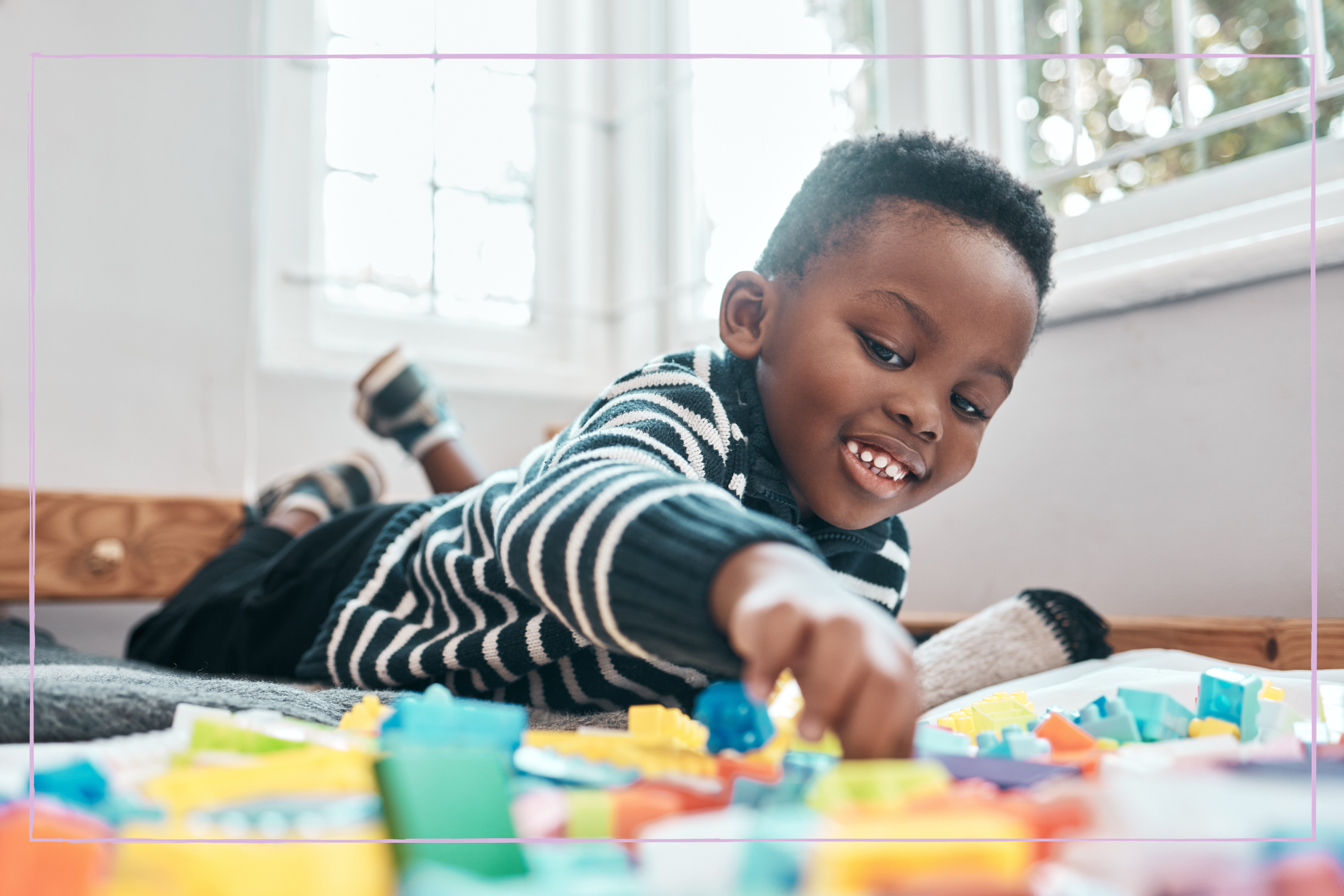Is your child not playing with their toys? 3 reasons why and what to do about it
They received so many new, shiny toys for Christmas and birthdays, but your kid isn’t playing with them, so what’s going on?


They received so many new, shiny toys for Christmas and birthdays, but your kid isn’t playing with them, so what’s going on?
Chances are your house resembled a ransacked Hamleys over the last few weeks, with your kids’ toys strewn all over the living room floor ready to be played with. But now the festive season is done and dusted, you’ve noticed that their carefully-selected personalised books and puzzles have been cast aside never to be seen again.
A world of discovery, adventure and fun awaits, so why aren’t they playing with their new toys? Your initial thoughts might be that you’re doing something wrong or, if they’re a bit older, they’re ungrateful for that stunt scooter that was at the top of their Christmas list. It can be easy to say, “You’ve got so many toys, just go and play!” but parenting strategist and independent play expert Lizzie Assa says there are other ways to handle the situation and revitalise playtime again.
3 reasons your kid isn’t playing with their toys
A post shared by Lizzie Assa, MsED| Play and Parenting
A photo posted by theworkspaceforchildren on
- It’s too hard to make a choice
- They need help getting started
- They can’t open and sort the materials they need
In a recent post on her Instagram (@theworkspaceforchildren), the first thing Lizzie advises is to simplify the set up. A toy sitting on the shelf or away in a box somewhere is out of sight out of mind, but a toy that is laid out and ready to play with is inviting, she says.
She gives this example: “Take the puzzle off the shelf, out of the box, and put it out on the table. You’ve removed the barriers to play, and your child will be able to sit down and get started!”.
This, in turn, will provide ample space and minimise restrictions so your child can explore freely to foster their imagination and cognitive abilities.
Expanding more about the topic on her blog, The Workspace for Children, Lizzie concluded: “By reducing overwhelm, creating inviting play setups, and being a boring presence near their play area, you're not just encouraging them to play; you're also nurturing their ability to engage and explore independently."
GoodtoKnow Newsletter
Parenting advice, hot topics, best buys and family finance tips delivered straight to your inbox.
In other related features, if you’ve noticed a decline in your kids’ playtime, try these expert-approved game ideas. If you hate playing with your kid, you’re not a bad parent, as our Family Editor discovered.

From building healthy family relationships to self-care tips for mums and parenting trends - Daniella also covers postnatal workouts and exercises for kids. After gaining a Print Journalism BA Hons degree and NCTJ Diploma in Journalism at Nottingham Trent University, Daniella started writing for Health & Wellbeing and co-hosted the Walk to Wellbeing podcast. She has also written for Stylist, Natural Health, The Sun UK and Fit & Well. In her free time, Daniella loves to travel, try out new fitness classes and cook for family and friends.